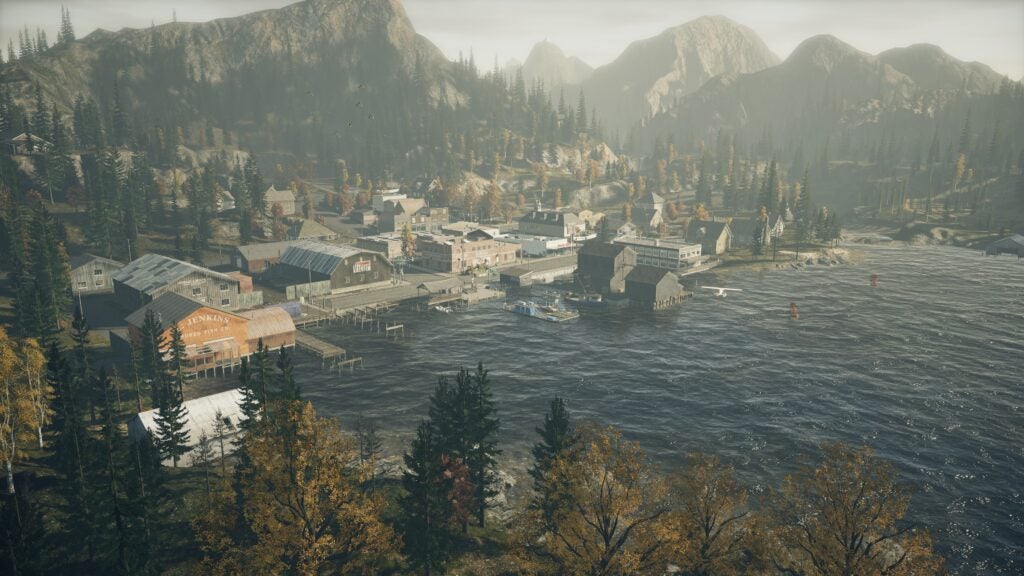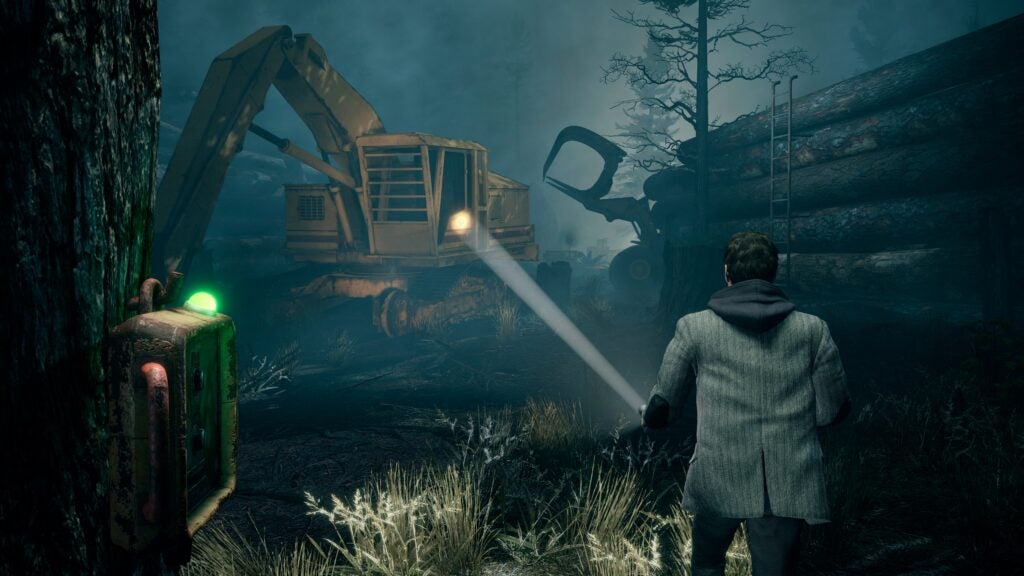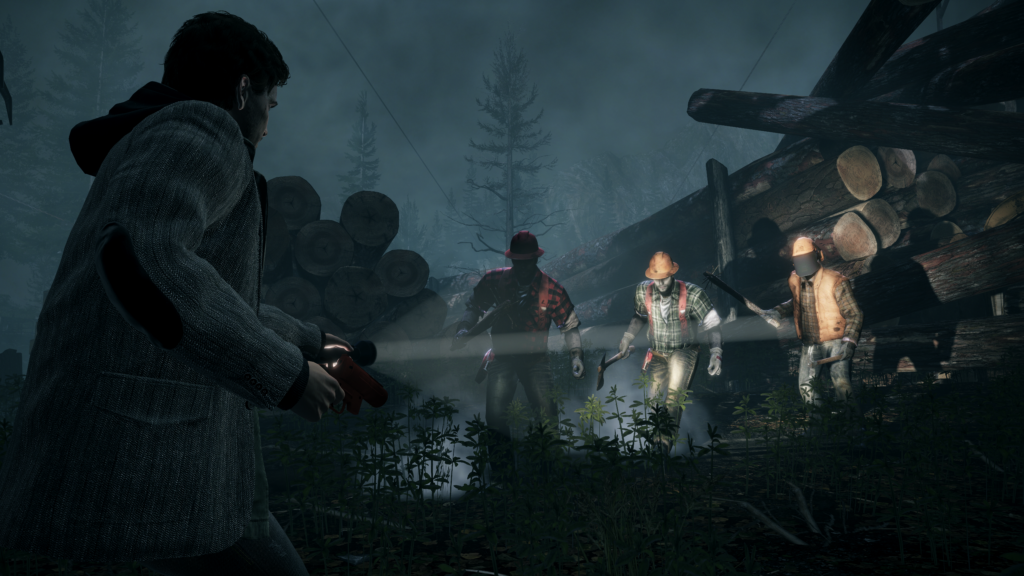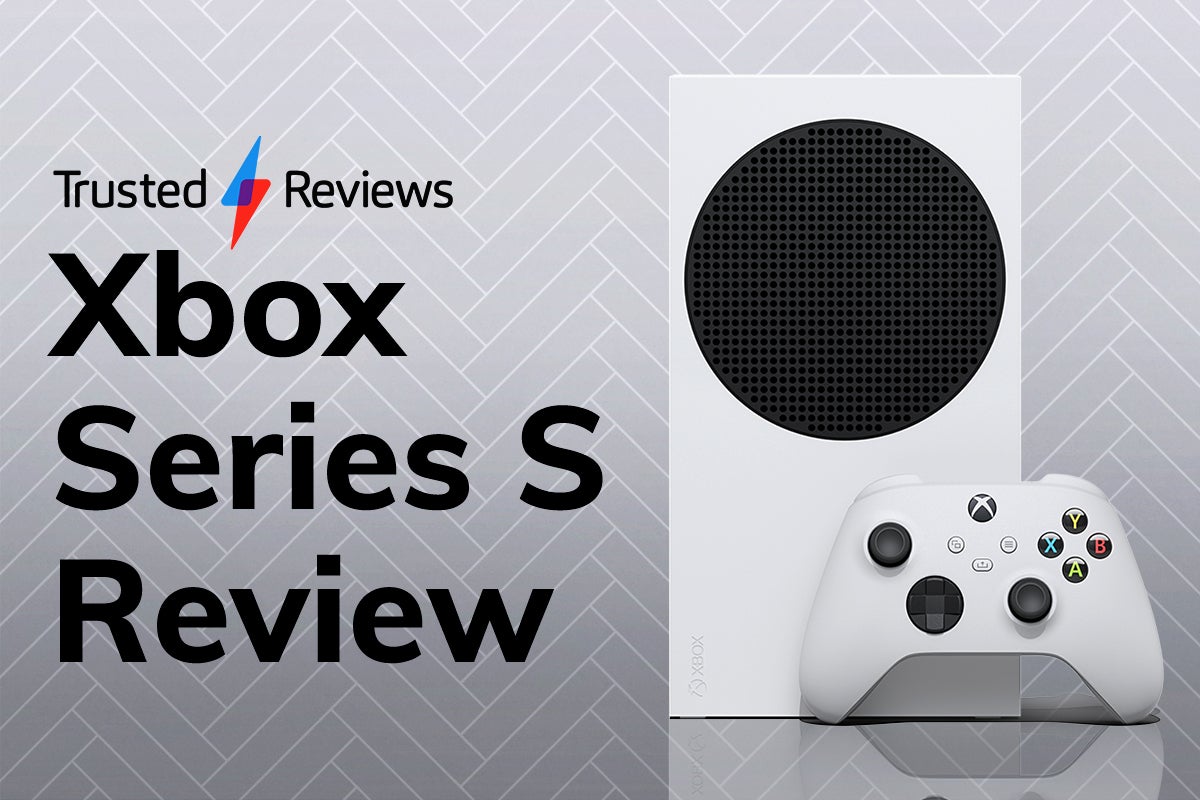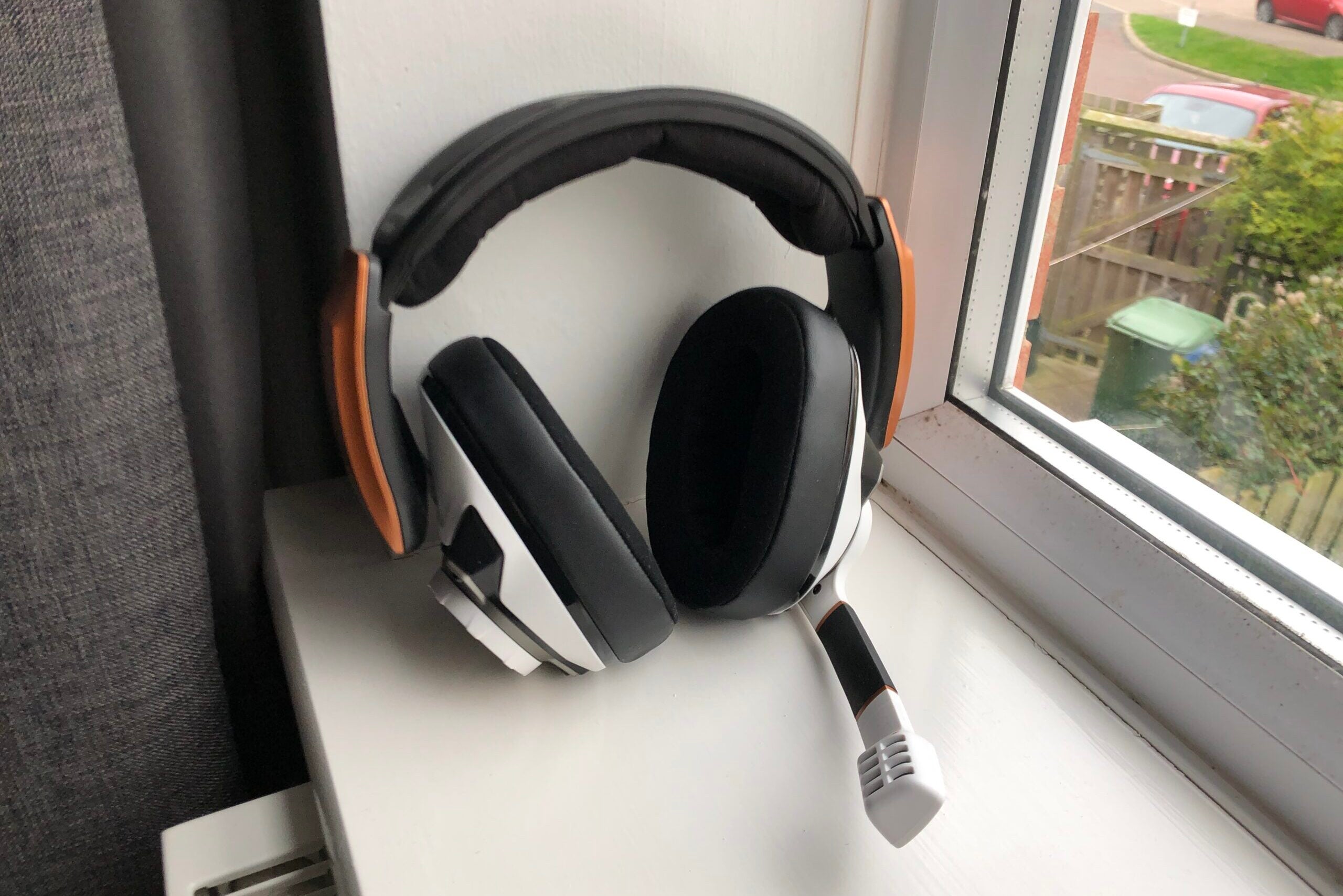
Call of Duty: Vanguard is the latest entry in the first-person shooter franchise, and it’s safe to say it didn’t blow me away. With the graphics outshining the story and the same repetitive gameplay, this isn’t the revival the franchise needed.
Pros
- Impressive graphics
- Multiplayer holds up
- Most diverse CoD game I’ve seen in a while
Cons
- Campaign is short and not very impactful
- The attempt at a deeper story falls flat
- Repetitive gameplay
- WW2 is a predictable and boring backdrop
Availability
- UKRRP: £59.99
- USARRP: $59.99
- Europeunavailable
- Canadaunavailable
- Australiaunavailable
Key Features
- Campaign, Multiplayer and Zombie modes to playThere are a few ways to play, as usual, you can dive into the single-player Campaign mode, join your friends online in Multiplayer or tackle the undead in Zombie mode.
- Multiplatform support Call of Duty: Vanguard can be played on the PS5, PS4, Xbox Series X/S, Xbox One and on PC.
- DLSS and FSR supportThis year’s Call of Duty has support for Nvidia’s DLSS and ARM’s FSR, so you have choices if you’re looking to upscale the game’s graphics.
Introduction
We’re now on the 18th main game in the Call of Duty series, and it’s safe to say that the well seems to be running a bit dry for this first-person shooter series.
Call of Duty: Vanguard takes a lot of pointers from the games that came before it, so you should expect to undergo a very classic CoD experience, with a couple of surprises thrown in.
With a fairly short campaign, you’ll mostly be spending time in the multiplayer or Zombie modes, which do little to shake things up, but are a faithful recreation of what made players fall in love with the franchise. Here’s my full review.
Campaign mode
- Only nine levels in campaign mode
- Five playable protagonists
- Standard and bland WW2 backdrop
Call of Duty: Vanguard’ story begins near the end of WW2, when the Nazis are starting to scramble, with the plot revolving around a secret plot that will ensure the Third Reich’s victory in the long run.
Throughout the campaign, you swap between four different allies, with each character inspired by real-world heroes – with Lady Nightingale being my personal favourite. There is little subtlety here, with Vanguard attempting to pursue themes regarding race and gender, but it comes off as ham-fisted at best, and borderline offensive at worst.
A decent portion of the campaign revolves around flashbacks from each team member that took place before the war, giving you a little insight into their personality and their struggles. Though I doubt it was intentional, the game reminds me so much of Suicide Squad that it’s a little hard to take seriously, as The Expendables theming makes it hard to see any character as more than just a killing machine, despite the game’s efforts.

The end of the first mission shows the team getting captured by Nazis after infiltrating their base. The story then focuses on each character’s backstory through the flashbacks and cutscenes, with the Sergeant’s story coming first.
Sergeant Arthur Kingsley is a black man, which the Nazis do not like. The game drops any pretences around this character, letting the Nazi’s be as evil and racist as possible. At times it was quite fun to hate, with Kingsley himself being very likeable; but it didn’t seem like Sledgehammer Games knew what angle to take with him, making the race undertones feel odd and unfinished.
The third mission is easily my favourite, as we get to go back to the Battle of Stalingrad with Russian sniper Polina Petrova. Her story starts with her in the kitchen at home, with prompts that allow you to chat to neighbours as you wander through the town. Despite my personal annoyance at that, she shines as the best playable character; she can climb walls and duck in and out of grates, with the level design being more dynamic and personal than anything else in the game.

Her levels feel like a wonderful mix of Call of Duty and Tomb Raider, with options to be stealthy or go in guns blazing – if the entire game was based on Lady Nightingale, it would have been a different experience. The theme of gender is explored, though it’s not handled as obviously as Arthur, and it was satisfying to watch Petrova take out a man who called her a ‘little girl’ just moments before.
We then move forward to Wade Jackson, the cocky American pilot. The Battle of Midway was a wasted level, as you take to the skies to shoot down planes. This segment doesn’t offer anything you haven’t seen before and unless you adore slow dogfights and slow turns, I’d advise skipping this level altogether.
When Wade is on the ground he’s a much more likeable character. His special ability allows you to see enemies through walls, with a greater focus on stealth compared to all-out warfare.
And the last character we meet is the Australian Lucas Riggs, a loud-mouthed demolitions expert who can throw grenades with pin-point accuracy. Despite his constant crude dialogue, which gets progressively less funny as you go on, his missions are very standard and bland. They’re set in boring deserts with little more to do than run around blowing things up.
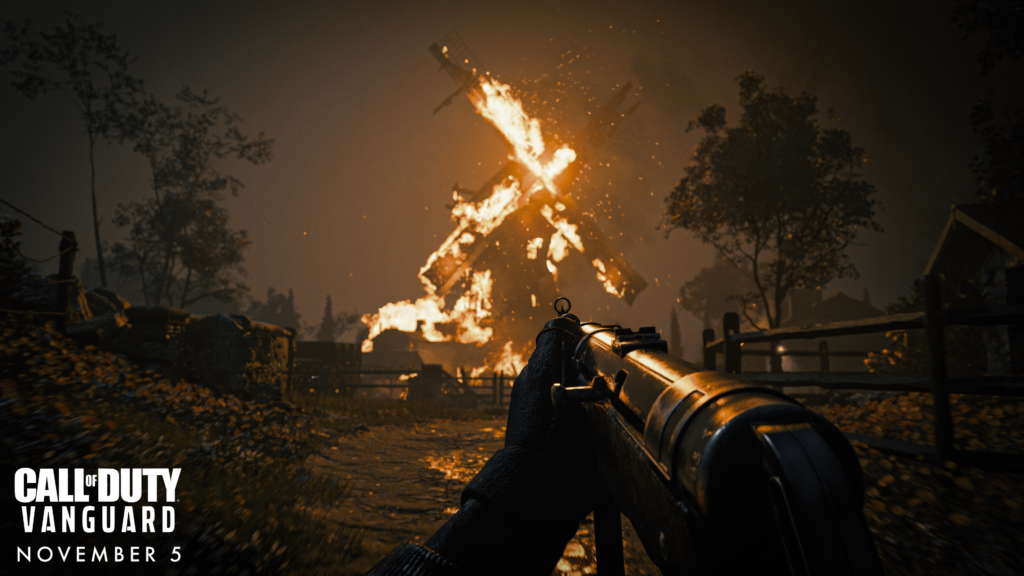
The main thing I can say for the Vanguard campaign is that I appreciate the effort put in to create a more diverse and interesting cast of characters, but I don’t think it was handled as well as it could have been. The prejudice against each character (apart from the American) is referenced multiple times throughout the game, but when the curtain falls Riggs is still hitting on Petrova.
All in all, you can skip out on the campaign, though I would recommend playing the third and sixth levels, as Petrova is more fun to control than the other characters, and her distinctive style and attitude was one of my favourite parts of the whole game.
It’s also worth mentioning that Vanguard’s campaign mode is shockingly short. I managed to finish the game in around seven hours, though I think you could do it even quicker, depending on which difficulty you play.
Multiplayer
- The same core gameplay as previous entries
- A few more features than before, including Combat Pacing
- 16 maps available at launch
There is a lot less to say about the Multiplayer mode in Vanguard, as it really doesn’t do much that I haven’t seen before. I won’t say that it’s not a good time to run around guns blazing, but if you were after something comparably new, you’re out of luck.
The Multiplayer mode relies heavily on the idea that you will be happy to keep coming back, with weapons challenges that expect you to grind for days on end to earn another camo for your favourite gun. These aspects are well-used and give players something to work for, but I wish that there was more to come back for that wasn’t just surface upgrades.
Speaking of surface upgrades, Call of Duty seemingly still hasn’t mastered how to tell you that you’ve unlocked a new skin, as I was frequently getting notifications for skins I’d unlocked hours ago. It’s a small thing, but in the same way that sometimes the subtitles don’t at all match the audio, it gets a bit annoying after a while.
But moving on to what you can actually play in Multiplayer, there are the same modes as usual with a new one thrown in for good measure. Champion Hill is Vanguard’s latest mode, in which you play in either a team of two or three against seven other teams. Your squad will share lives, so for the first 60-second deathmatch you need to make sure both you and your teammates stay out of trouble.
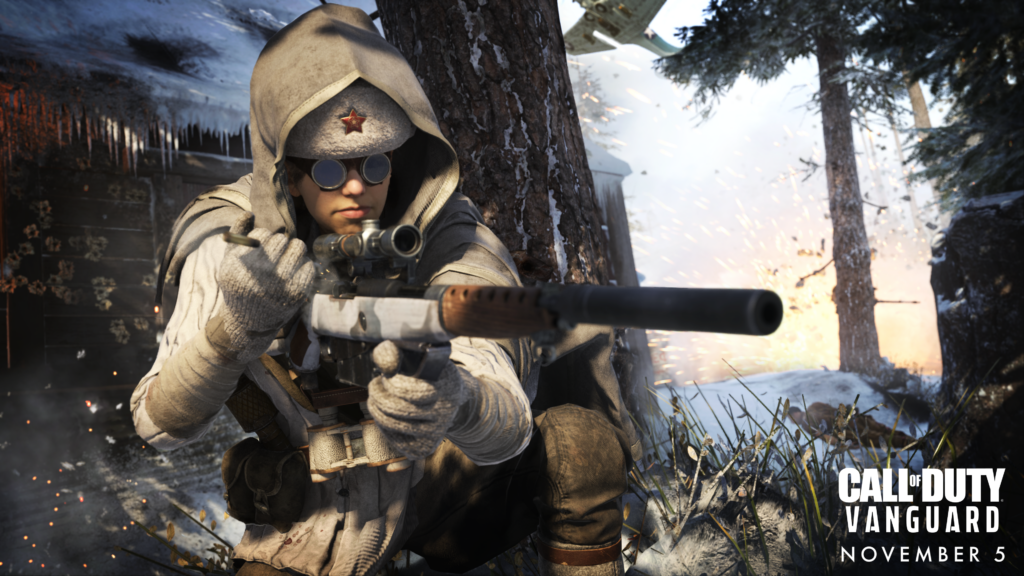
This mode was refreshing. I played with strangers online, but I can imagine playing with your friends would be even more entertaining since you’re very much relying on each other. I wouldn’t say it’s ground-breaking, but it’s still a nice addition to the usual Deathmatch and Search and Destroy modes.
The other new mode is Patrol, although it’s essentially an evolution on the Hardpoint mode from previous Call of Duty entries. Your team needs to keep control of a constantly moving object, with only one team being allowed in the circle by the end of the match. This mode may have been my favourite, as the necessity to keep moving makes it grippingly frantic towards the end.
The other modes are tried and true: Free-For-All is fairly obvious, kill anyone and everyone, with the first to hit 30 kills taking the victory. Hardpoint is the same as Patrol but you will be controlling a stationary object. Deathmatch put you in one of two teams, competing for the highest number of kills within 10 minutes. Kill Confirmed is the same as Deathmatch, but counts the number of dog tags you’ve collected rather than your kill score.
Another new feature, Combat Pacing, allows you to increase the number of people in a match, with different levels of intensity to choose from. This means that any thrill-seekers can go into Blitz (which is 24v24) while people looking for a more relaxed killing spree can go Tactical Combat, which is 6v6.

As far as new things go, the last thing to mention here is the maps in Multiplayer mode. There are 16 maps in the game currently, with more coming next month. Dome has made a comeback, but this time it looks a little worse for wear. The war-torn aesthetic fits with the game well, and I appreciated that the game was trying something different on something familiar.
One of the best aspects of these maps is that some are destructible. Hitler’s own aeroplane base – the map Eagle’s Nest – shows this off best, as you can crash through the floor onto unsuspecting enemies. It adds a level of unpredictability that I really enjoyed, and it’s fun to see how each player chooses to use the environment.
All in all, the Multiplayer mode is certainly fun, but it doesn’t do anything crazy or interesting enough that will make me switch over to Vanguard permanently. The game looks and handles well, so it’s up to you whether it’s worth rebuilding back up to that high Prestige level, considering the last couple of CoD games have been remarkably consistent in terms of multiplayer.
Zombies
- Almost no change from before, nothing new has been added
- Feels more random than before
- Lack of local split-screen is a big disappointment
Vanguard also features the series’ iconic Zombies mode, letting you shoot the rotting and frozen corpses of Nazi scum. However, it seems that little has changed compared to previous entries, since there is almost no new content whatsoever here, making the Zombies Mode feel like an afterthought.
It’s the same routine as usual; run around and shoot zombies, unlock more loot and keep going until you’re eventually overwhelmed. While the graphics and end-of-the-world aesthetic kept me entertained, the overall Zombie experience is the same as it’s always been, with the only real difference being the sense of randomness that comes with each new run.

The lack of local split-screen also seemed like a big misstep, as the most fun you can have in this mode is with friends. You can play online with friends instead, but lack of couch co-op play is still disappointing.
In a very similar vein to the multiplayer mode, if you’re a fan of CoD Zombie’s then you will have a good time. But with nothing new on offer, there is very little here that you haven’t seen before.
Latest deals
Should you buy it?
You’re a loyal CoD fan:
If you’re a big fan of the series and simply want more of the same, then this you’ll likely still enjoy Vanguard, especially with the new next-gen graphics.
You’re looking for new CoD content: If you’re after something you’ve not seen before in a CoD game, then Vanguard will be a disappointment. While visually striking, there is very little here that is definitively new.
Final Thoughts
Call of Duty: Vanguard does have its moments, even if they are quite few and far between. The campaign goes back and forth between innovative and entertaining, to repetitive and bland, while the Multiplayer and Zombie modes don’t bring anything new to the table other than how impressive they look.
How we test
We play every game we review through to the end, outside of certain exceptions where getting 100% completion, like Skyrim, is close to impossible to do. When we don’t fully finish a game before reviewing it we will always alert the reader.
Played every available game mode
Tested on PC
FAQs
The latest CoD game does not support ray tracing.
Yes, you can use DLSS or FPS on the latest game if your chosen platform has support.
You can play it on PS5, PS4, Xbox Series X/S, Xbox One and on Battlenet on PC.
The post Call of Duty: Vanguard appeared first on Trusted Reviews.









